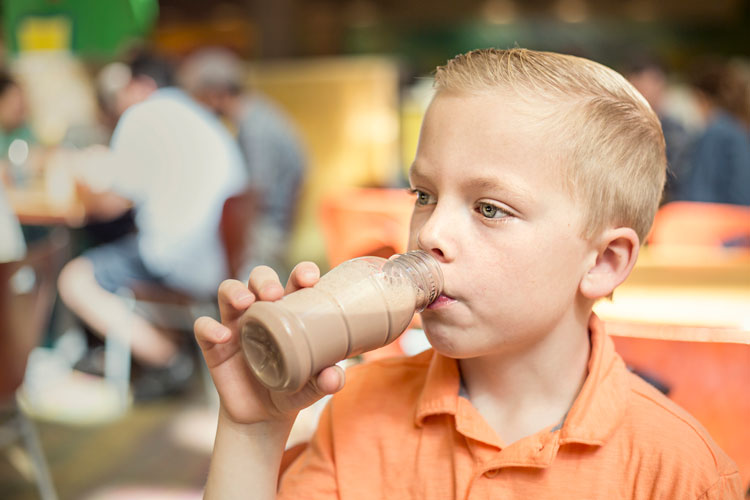
Currently, USDA rules for the National School Lunch and School Breakfast programs only allow schools to offer low-fat (skim and 1%) varieties of milk to students. However, the U.S. House of Representatives passed the Whole Milk for Healthy Kids Act of 2023 in mid-December, which would allow schools to offer 2% and whole milk as well. Even if milk consumption in schools stays the same, the shift toward higher fat content milk could tighten the butter market.
I haven’t been able to find any hard data on the amount of milk that is being consumed through schools. Total fluid milk sales in the U.S. drop about 8% to 10% during the summer months when schools mostly close for summer break, so some people estimate about 10% of fluid milk is moving through schools. But some kids who were drinking milk at school are likely drinking milk at home during the summer, which cushions the drop in sales during summer months. I think the actual share of fluid milk going through schools could be closer to 15%, which would work out to about 4.968 billion pounds of milk. Only skim and 1% milk is available in schools, and since people generally prefer a higher fat content, I’m assuming most of the milk currently consumed in schools is 1% milk. When I work through the numbers, I believe about 37 million pounds of milkfat are currently being bottled and delivered to schools each year.
It’s no surprise that consumers prefer higher fat content milks. If we look at total fluid milk sales in the U.S., whole milk (3.25%) and 2% are the most popular varieties, accounting for about 74% of fluid milk sales. If milk was consumed in schools in the same way, about 91 million pounds of milkfat would be used. This is 54 million pounds more than what is currently going into schools. If all of that fat came out of butter production, it would have reduced 2023 inventory by 3.1% (64.5 million pounds). That would be a pretty significant hit to butter production and likely would have pushed butter prices higher.
While this bill has passed the House, it still needs to pass the Senate. I’ve reached out to a few experts to ask what odds this bill has of making it through the Senate and no one gave me a straight answer, but the Senate does not appear to be in any rush to pass it. Still, if it passes, and if schools do make the higher fat content milk available to students, it could have a significant impact on the butter market.








